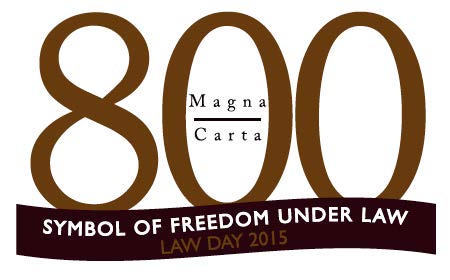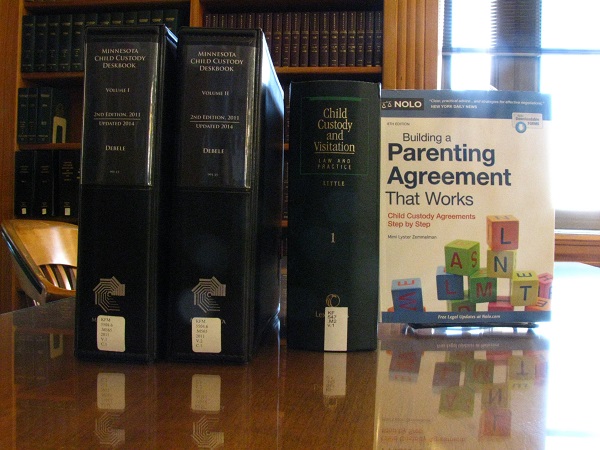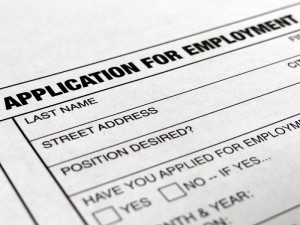 Be aware that next Friday (May 1) is the day officially designated as Law Day. This is the day set aside to celebrate the rule of law. Sponsored by the American Bar Association (ABA), this annual event underscores how law and the legal process contribute to the freedoms that all Americans share. The day also provides opportunity to recognize the special role of courts in our democracy. President Eisenhower first established Law Day in 1958, and Congress issued a joint resolution designating May 1 as the official date for celebrating Law Day in 1961.
Be aware that next Friday (May 1) is the day officially designated as Law Day. This is the day set aside to celebrate the rule of law. Sponsored by the American Bar Association (ABA), this annual event underscores how law and the legal process contribute to the freedoms that all Americans share. The day also provides opportunity to recognize the special role of courts in our democracy. President Eisenhower first established Law Day in 1958, and Congress issued a joint resolution designating May 1 as the official date for celebrating Law Day in 1961.
This year’s Law Day theme, “Magna Carta: Symbol of Freedom under Law” commemorates the 800th Anniversary of the Magna Carta. This historic document has come to embody a simple but enduring truth: No one, no matter how powerful, is above the law. It now stands as both a symbol and an inspiration for many basic rights Americans hold dear today, including due process, habeas corpus, and trial by jury. An excellent synopsis of the evolution of the Magna Carta into modern habeas corpus law can be read in Justice Anthony Kennedy’s opinion in in the U.S. Supreme Court case of Boumediene v. Bush, 553 U.S. 723 (2008), starting on page 9.
On Thursday, April 30 the Ramsey County Law Library and the Ramsey County Bar Association (RCBA) will mark Law Day with a presentation by William Mitchell Adjunct Professor Bradford Colbert titled “Due Process, Habeas Corpus, and the Magna Carta: Reflections on Representing Prisoners in the 21st Century.” This event, which is free and open to the public, will take place in Room 40 of the Ramsey County Courthouse. Registration will begin at 9:00 AM, with the program beginning at 9:30 AM. One CLE credit for the event will be available (free for RCBA members, and $10 for everyone else). The RCBA will then present their Distinguished Humanitarian Service and Liberty Bell Awards in a special presentation and reception. Guests are then invited to the 18th floor for a tour of the law library. Read more about this special event and mark your calendars to attend!








